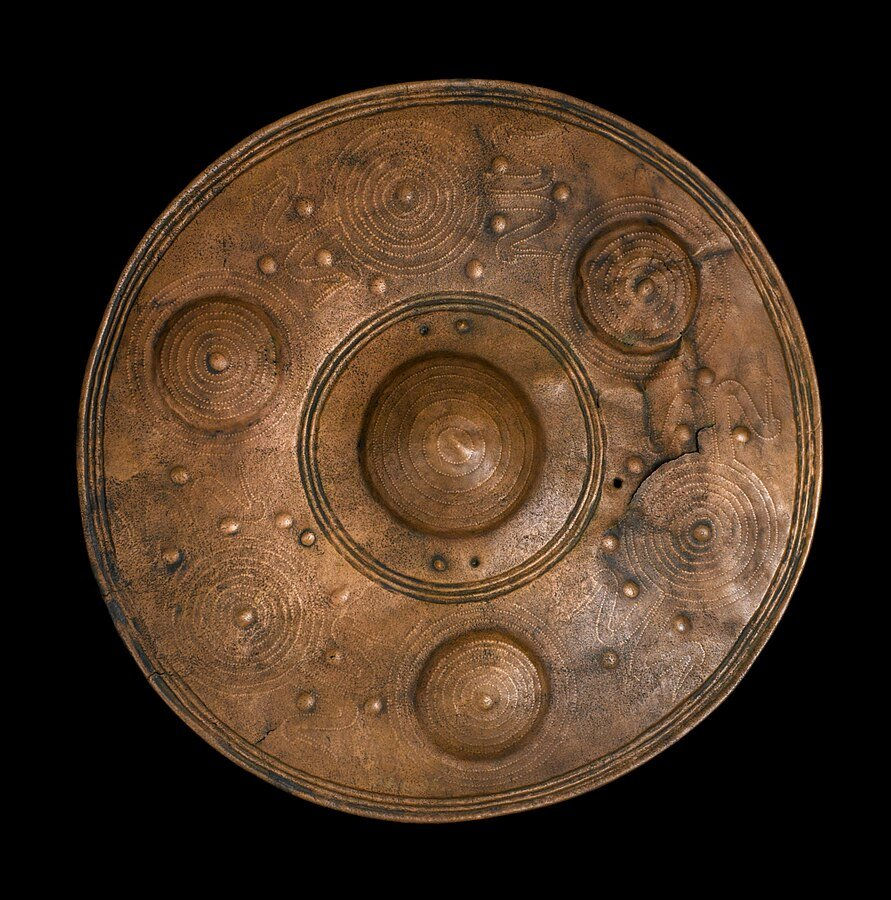Alchemy in the Renaissance: Quest for Truth
- Sylvia Rose

- Sep 5, 2024
- 6 min read
Updated: Oct 11, 2024
Alchemy surges to the forefront of many intellectually-driven cultures. From the Golden Age in Alexandria to Islamic mysticism and thence to the grandeur and intrigue of the Renaissance, academic cultures form a backdrop for this intriguing practice. But what does it mean?

The first definition of alchemy comes from alchemist and philosopher Zosimos of Panopolis (c. 300 AD), living in the alchemical golden age of Alexandria. Zosimos is a fount of wisdom, a prolific writer whose works are studiously translated to Arabic and other languages.
According to Zosimos, alchemy is the study of
" ... the composition of waters, movement, growth, embodying and disembodying, drawing the spirits from bodies and bonding the spirits within bodies."

During the Renaissance, Europe is at the center of a vital transformation in art, science, and culture. This era celebrates humanism, exploration, and the pursuit of knowledge. Amidst these advancements, alchemy advances as a fascinating and complex discipline.
Often misunderstood as an attempt to turn lead to gold, or as a medieval precursor to modern chemistry, alchemy in the Renaissance is a passionate pursuit. The Renaissance, a volatile mix of philosophy, spirituality and science clears the way to a scientific revolution.

Alchemy has ancient roots, tracing back to Hellenistic Egypt and given further shape through medieval Arab scholars. During the Renaissance alchemy evolves dramatically due to revival of classical knowledge, renewed interest in the occult and mysteries of the natural world.
While Islamic alchemy seems to have the answer in the 10th century, by the 11th debate arises among Muslim chemists regarding the possibility of transmuting metals. Avicenna, prominent Persian polymath, is a key figure in opposing the theory of substance transmutation.

Despite creating the illusion of change (he says), those skilled in chemistry understand no actual transformation can occur among different types of substances.
By the Renaissance, alchemical knowledge has already spread through Europe, influenced heavily by the attributed works of figures like the legendary Hermes Trismegistus, scribe of the Emerald Tablet. His writings are a fusion of Hermeticism, mysticism, and philosophy.

Renaissance alchemy is a complex matter. Influences include a strong central Christian theme, the Inquisitions, the printing press (1444) and the concept of a heliocentric universe (1543). Notably, the number of gold-making claims multiply. Europe is obsessed with the yellow stuff.
Prominent figures such as Paracelsus, who eschews gold-making; astrologer John Dee, and Heinrich Cornelius Agrippa contribute to the synthesis of alchemy and natural philosophy. Paracelsus, for instance, knows nature’s secrets can be unlocked through study of its laws.

He advocates for the empirical practice of medicine. His works merge alchemy with pharmacology, emphasizing the importance of observation and experimentation. Paracelsus is one of the most influential figures of the Renaissance, despite being barred from teaching.
Renaissance alchemists prolifically generate symbols and imagery, imparting layers of meaning to their work. The Philosophers' Stone, a Western phenomenon, is a central motif in alchemical texts. While Islam rejects the concept of metal transmutation, Europe embraces it.

Yet, the stone of the philosophers goes beyond material wealth. It's used to symbolize spiritual enlightenment and the quest for knowledge. The use of allegorical illustrations in alchemical manuscripts lets practitioners express complex ideas while cloaking them in layers of secrecy.
The famous “Ripley Scroll,” attributed to the English alchemist George Ripley (1415 - 1490 AD), is renowned for its intricate imagery and symbols. An Augustinian friar, he strives for balance of science, art, and spirituality.

Etymology of Alchemy - Truth Behind Popular Opinion
According to the National Library of Medicine, Arabic al-kīmiyā (الكيمياء) makes no distinction between alchemy and chemistry. The Arabic comes from the Greek word χημεία (khēmeia, chimea) meaning chemistry, based on "cast together" or "pour together".
This is the terminology of alloys. Khēmeia comes from the root words χύμα (khúma, "fluid"), from χέω (khéō, "I pour"). The Greek χημεία (chimeía), pouring, infusion, is used in relation to the study of plant juices. This explains the connection between alchemy and herbal medicine.

Alchemy as χημεία (khēmeia) is described as the science of matter at the atomic to molecular scale, dealing primarily with collections of atoms, such as molecules, crystals, and metals. In this way the theory of alchemy transmuting to chemistry has no validity. Alchemy is chemistry.
Developments of Alchemy
During the Renaissance it branches off significantly into Spagyria, or plant-based alchemy. Introduced by our fiery friend Paracelsus, it's based on his wanderings in the Swiss Alps, and the unique healing blends he finds in the folk medicines of isolated mountain villages.

In the late Renaissance, the practice of alchemy is tied to a pseudo-fraternity, the Rosicrucians. These luminaries are said to reinterpret the writings of Paracelsus to match their ideology. However while the movement gains strength in theory, Rosicrucians don't actually exist.
The appearance of Rosicrucianism, an unseen order with no members and no meeting place, is an intriguing study in sociology. It's an example of all the right elements coming together at the right time in the right place.

Major supporters of the Rosicrucian way of thought, a type of Utopian ideal, include Michael Maier and Robert Fludd. Fludd is a follower of Paracelsus. While Rosicrucianism starts as a hoax or sociological experiment, for many it promotes inspiration, curiosity and hope.
The concept of the Invisible College relates to Rosicrucianism. The three texts (1610 - 15 and 1616) inspiring the Rosicrucian craze are later attributed to Johann Valentin Andreae, a Lutheran Utopian theologian.

Patrons of alchemy in the Renaissance include Rudolf II in Prague, whose immense library and "Cabinet of Curiosities" draws intellectuals like Tycho Brahe to his court. Alchemy patrons range from the Medici of Florence to Duke von Braunschweig-Wolfenbüttel of Germany.
Almost every court, center of knowledge or society has resident alchemists, along with astrologers, physicians and court fools. Alchemists also have their own workshops and take on students or apprentices. They're careful to describe themselves as "natural philosophers".

During the Renaissance attempts are made to codify specific steps and processes in attainment of the Magnus Opus. Later, these are taken broadly to be rules. One of the joys of alchemy is the inherent lack of rules, expect those of nature.
Influence of alchemy permeates modern science, philosophy, psychology and art. Carl Jung recognizes psychological dimensions of alchemy, interpreting it as a metaphor for inner transformation. Archetypal symbols and concepts continue to inspire movers and thinkers.

The practice of alchemy flows with the times. It's particularly prolific in centers with large intellectual milieux. The spread of alchemy and other movements during the Renaissance is due in part to commentaries and translations by writers and philosophers of the times.
The Renaissance symbolizes the quest for truth. Alchemists also seek to gather knowledge and use this for the betterment of humankind, or the alleviation of personal poverty by convincing patrons they're worth the investment.

Non-Fiction Books:
Fiction Books:
READ: Lora Ley Adventures - Germanic Mythology Fiction Series
READ: Reiker For Hire - Victorian Detective Murder Mysteries


